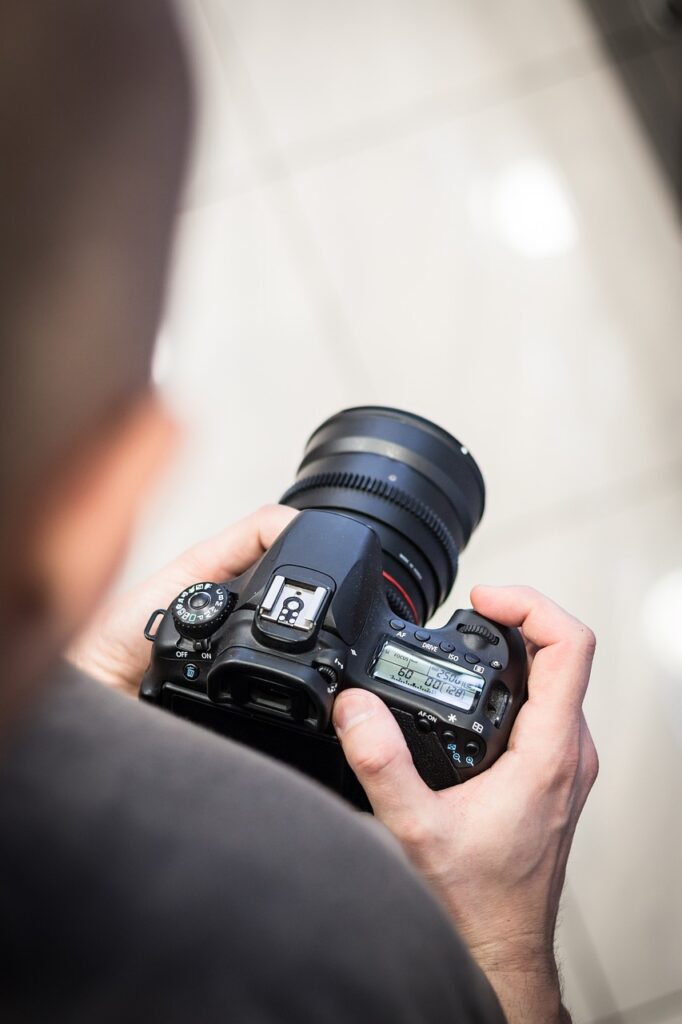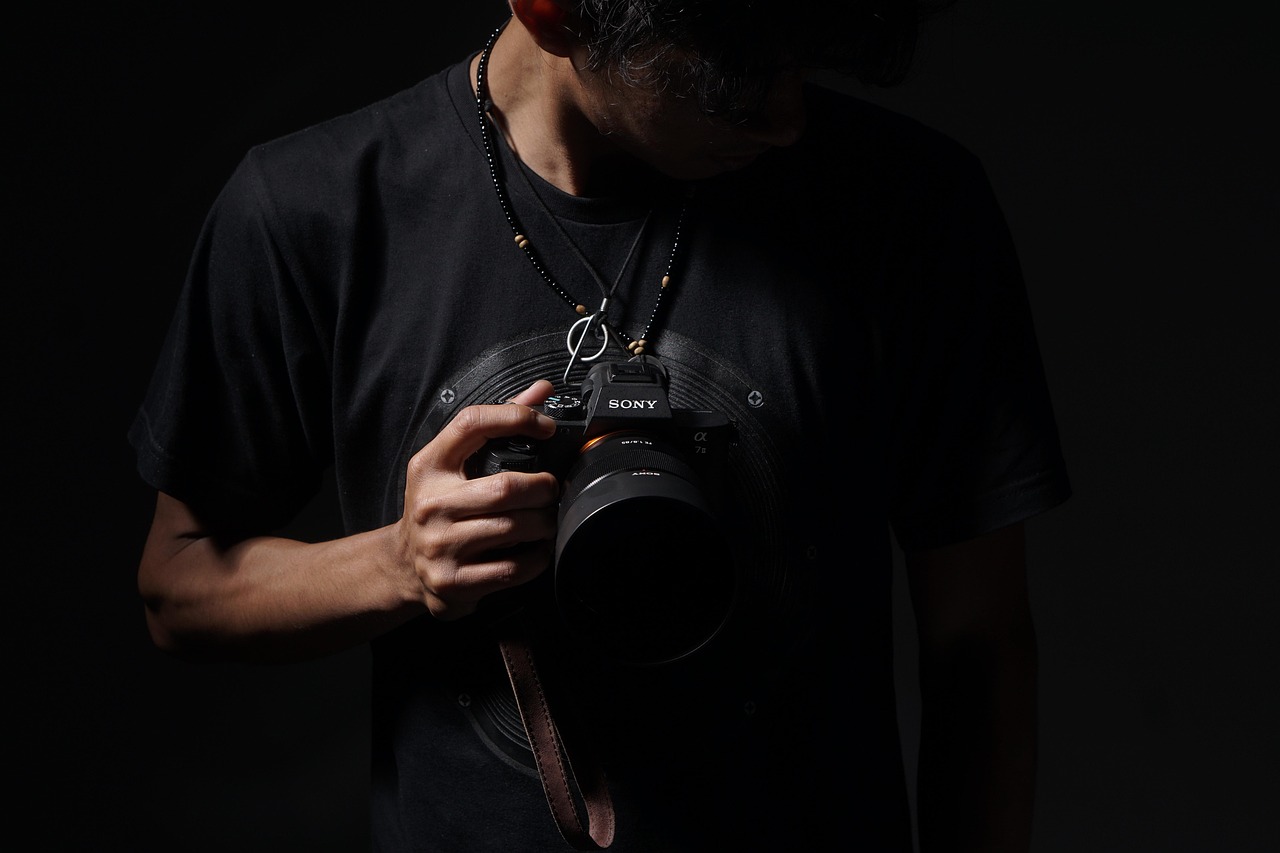How to Become a Professional Photographer Without a Degree
Professional Photographer: The photography industry is thriving more than ever, with opportunities ranging from weddings and portraits to fashion, real estate, wildlife, and product shoots. Contrary to traditional belief, you don’t need a college degree to become a professional photographer. You need a combination of skill, creativity, business sense, and dedication.
In this comprehensive, SEO-optimized guide, you’ll learn how to become a professional photographer without a degree, build a profitable photography business, and stand out in a competitive market.
Table of Contents
- Why You Don’t Need a Degree to Become a Photographer
- Essential Photography Skills to Learn
- Building Your First Photography Kit on a Budget
- Self-Education: The Best Online Resources and Courses
- Finding Your Niche as a Photographer
- Building a Stunning Portfolio from Scratch
- Creating a Professional Photography Website
- Networking and Getting Your First Clients
- Leveraging Social Media to Build Your Brand
- Legal, Financial, and Business Setup
- Continuous Improvement and Staying Updated
- Final Thoughts and Motivation
- Frequently Asked Questions (FAQs)
1. Why You Don’t Need a Degree to Become a Photographer


Formal education can offer structure, but it’s not essential. Most successful freelance and professional photographers are self-taught or learned through mentorships, workshops, and trial-and-error. What clients care about most is your portfolio and professionalism, not your academic credentials.
Why skipping the degree makes sense:
- Saves time and money
- Focus on real-world experience
- Build your unique creative voice faster
- Learn only what you need when you need it
2. Essential Photography Skills to Learn
Here are the foundational skills every photographer must master:
- Understanding Exposure: Aperture, shutter speed, ISO
- Lighting Techniques: Natural light, flash, reflectors
- Composition and Framing: Rule of thirds, leading lines, depth
- Post-Processing: Adobe Lightroom, Photoshop basics
- Camera Settings: Manual mode, white balance, focus modes
Bonus: Learn how to direct people and manage environments
A confident photographer makes clients feel at ease. Communication is key, especially for portraits, weddings, and events.
3. Building Your First Photography Kit on a Budget
You don’t need a $3000 camera to get started. Focus on building a solid beginner kit:
Recommended Entry-Level Cameras:
- Canon EOS Rebel T8i
- Nikon D3500
- Sony Alpha a6100 (mirrorless)
Budget-Friendly Lenses:
- 50mm f/1.8 (great for portraits)
- 18-55mm kit lens (versatile)
Essential Accessories:
- Tripod
- Reflector
- Extra batteries and SD cards
- Basic flash (like Godox or Neewer)
4. Self-Education: The Best Online Resources and Courses
Skip the four-year degree and go directly to skill-building:
Free Resources:
- YouTube (channels like Peter McKinnon, Jessica Kobeissi, and Mango Street)
- Reddit photography communities
- Photography blogs (Fstoppers, Digital Photography School)
Paid Platforms:
- Skillshare
- Udemy
- CreativeLive
- MasterClass (Annie Leibovitz Photography)
Practice Assignments:
- 365-day photo challenge
- Weekly themed photo projects
- Volunteer for local events


5. Finding Your Niche as a Photographer
Specializing helps you stand out and charge more. Ask yourself:
- What subjects do I love to shoot?
- Where is the demand in my local area?
- What style resonates with me?
Popular Photography Niches:
- Wedding and Event Photography
- Portraits (family, newborn, maternity)
- Product and E-commerce Photography
- Real Estate and Architecture
- Fashion Photography
- Food and Restaurant Shoots
- Travel and Landscape
Once you pick a niche, tailor your portfolio, brand, and marketing to it.
6. Building a Stunning Portfolio from Scratch
Your portfolio is your biggest selling tool. Even with no clients, you can create an impressive one.
How to Build a Portfolio Without Clients:
- Do Free Shoots for friends, family, or nonprofits
- Create Personal Projects that reflect your style
- Collaborate with Models, Makeup Artists, Designers
- Shoot Mock Commercials (products, food, styled shoots)
Ensure your portfolio:
- Highlights your best work only
- Is tailored to your target market
- Is updated regularly
7. Creating a Professional Photography Website
Having a dedicated website boosts your credibility and helps clients find you.
Best Website Builders for Photographers:
- Squarespace (beautiful templates)
- Wix (easy customization)
- Format or SmugMug (photography-specific tools)
- WordPress + Elementor (advanced SEO and customization)
Your Site Should Include:
- Portfolio gallery
- About page with your story and style
- Contact form
- Services and pricing (if applicable)
- Testimonials
- Blog (optional but great for SEO)
8. Networking and Getting Your First Clients
Starting out is tough, but your first few clients will open doors.
Ways to Get Clients:
- Ask friends and family to refer you
- Join local Facebook groups or community boards
- Attend local networking events and offer free headshots.
- Use gig platforms like Thumbtack, Bark, or Upwork
- Partner with local businesses (restaurants, gyms, boutiques)
Always deliver high-quality results and request testimonials and referrals.
9. Leveraging Social Media to Build Your Brand
Social platforms are perfect for visual creators.
Best Platforms:
- Instagram (visual-first, hashtag targeting)
- Facebook (local community, groups)
- TikTok (behind-the-scenes, viral reach)
- Pinterest (great for evergreen content)
Tips:
- Post consistently and engage with your audience
- Use SEO-friendly captions and hashtags
- Share client stories, behind-the-scenes, and editing tips
- Link to your portfolio website from your bio
10. Legal, Financial, and Business Setup
To run a legitimate photography business, you’ll need to get your paperwork in order:
Legal Setup:
- Register a business name
- Create a photography contract and model release form
- Get photography insurance (liability + equipment)
Financial Setup:
- Open a separate business bank account
- Set up bookkeeping (use tools like QuickBooks, Wave)
- Track expenses, income, and taxes
Pricing Tip: Don’t undercharge. Calculate your cost of doing business + profit margin. Look up average rates in your area.
11. Continuous Improvement and Staying Updated
The photography industry is always evolving. Keep learning:
- Take advanced editing courses
- Experiment with new gear and techniques
- Attend photography workshops or conferences
- Get feedback from peers or mentors
- Follow trends in your niche and adapt accordingly
Recommended Books:
- “Understanding Exposure” by Bryan Peterson
- “Read This If You Want to Take Great Photographs” by Henry Carroll
- “The Photographer’s Eye” by Michael Freeman
12. Final Thoughts and Motivation
You don’t need a degree to become a great photographer. What you do need is vision, dedication, consistency, and the courage to keep pushing forward even when no one is watching. The path won’t be easy, but it will be worth it.
Photography is about telling stories, capturing moments, and creating art. Start today with what you have. Don’t wait for perfection. Your journey as a professional photographer begins the moment you commit to it.
13. Frequently Asked Questions (FAQs)
Q: Can I become a professional photographer without school?
A: Absolutely. Many top photographers are self-taught. With online courses, practice, and persistence, you can go pro.
Q: How long does it take to become a professional photographer?
A: It varies. Some go pro in a year, others take several. It depends on how much time you invest and how quickly you build your skills and brand.
Q: How do I make money as a beginner photographer?
A: Start with local gigs, portraits, events, or product photography. Use freelance platforms and social media to find paying clients.
Q: Do I need an expensive camera to start?
A: No. Start with what you can afford. Even entry-level DSLRs or mirrorless cameras can produce professional-quality images.
Q: What should be in a beginner photographer’s portfolio?
A: Your best 10–20 photos showcasing your range and style. Include portraits, events, or themed shoots that reflect the services you want to offer.

